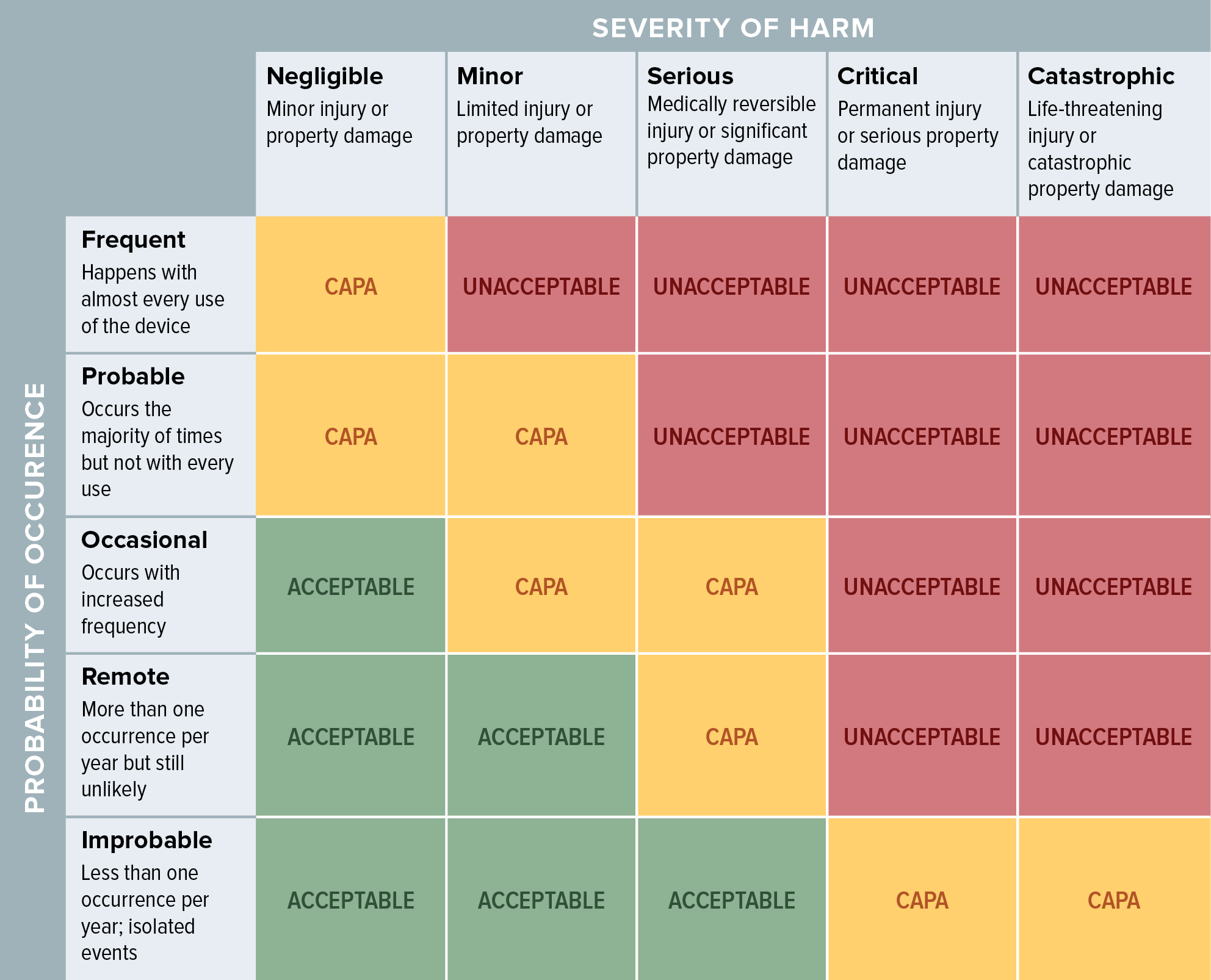


Semi-arid and arid grasslands and shrublands, in contrast, are considered “fuel-limited” in the sense that burnable biomass can vary considerably from year to year while fuel moisture is rarely limiting ( Krawchuk and Moritz 2011, Abatzoglou and Kolden 2013). These tools reflect a historical focus on “flammability-limited” forested ecosystems, where fuel quantity changes little from one year to the next but fire danger can change rapidly within a season as the moisture content of fuels responds to atmospheric conditions ( Krawchuk and Moritz 2011, Abatzoglou and Kolden 2013). 2020), and short-term (daily to weekly) indices based on rapidly changing variables such as fuel moisture, humidity, wind speed, and temperature (e.g., the Keetch-Byram Drought Index and the various indices under the National Fire Danger Rating System ). Spatial tools quantifying wildfire hazard fall into two broad categories: static land cover- and climate-based maps depicting the long-term average annual probability of burning (e.g., Short et al. Larger and more frequent wildfires therefore threaten to catalyze widespread, permanent shifts to vegetation communities devoid of shrubs and dominated by exotic annual grasses, with negative consequences for rural communities and shrubland obligate species ( Knick et al. Native vegetation communities of the Great Basin, co-dominated by perennial grasses and non-resprouting shrubs such as sagebrush ( Artemisia spp.), evolved with infrequent fire and can take many decades to recover after burning ( Knutson et al. The Great Basin, a cold desert covering most of Nevada and parts of California, Idaho, Oregon, and Utah, has recently experienced particularly damaging fire seasons fueled in part by highly flammable exotic annual grasses such as cheatgrass ( Bromus tectorum L. 2021), contributing to increased incidence of wildfire disasters and underscoring the need for accurate, long-range forecasts to guide management and allocation of fire suppression resources.Īlthough forest fires have historically been the focal point of fire management and research, increasing wildfire in non-forested ecosystems across western North America (hereafter rangelands) is a growing concern. Even so, widespread and synchronous fire activity across western North America increasingly exceeds fire suppression capacity ( Podur and Wotton 2010, Abatzoglou et al. yr -1 from 2016–2020 ( National Interagency Fire Center, 2021).Responding to these trends and threats, the US federal fire suppression budget has grown more than six-fold in the past three decades, from an average of $370M 2020) and degradation or loss of habitat for sensitive species ( Rockweit et al. 2019), and otherwise modified fire regimes of many western ecosystems, with impacts including permanent vegetation state transitions ( D’Antonio and Vitousek 1992, Coop et al. 2017), altered fuel characteristics ( Noss et al. Humans have increased ignitions ( Balch et al. 2012), the annual area burned and incidence of large wildfires (>405 ha) have risen in recent decades ( Dennison et al. Though a century of aggressive fire suppression has resulted in an overall deficit of fire ( Marlon et al.

Shifting fire regimes in the western US present escalating management challenges.


 0 kommentar(er)
0 kommentar(er)
